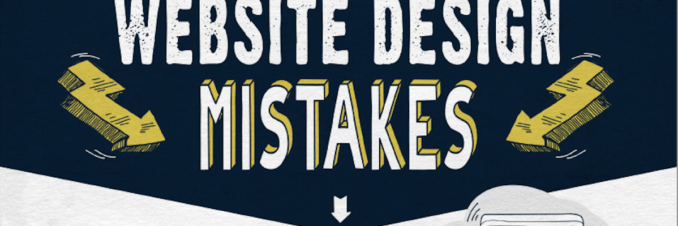
What you’re looking at is a visualization of the changes in FICO scores for the 200 million U.S. consumers with FICO scores over 3 unique periods of time: 2008 to 2009, 2009 to 2010 and 2010 to 2011. The following are some things to consider as you’re reviewing these figures:
2008-2009 Timeframe:
48.1 million consumers saw their FICO scores drop at least 21 points, representing over 24% of the “scoreable” U.S. population. Scores dropping this much is likely because of negative information appearing on a credit report or the consumer taking on new credit card debt (or a combination of both).During the same time period 45.3 million consumers saw their FICO scores increase by at least 21 points.The increase in scores can be attributed to a reduction in credit card debt and negative information aging off of credit reports. 64 million consumers saw their FICO scores remain in a 20 point window, drifting plus or minus 10 points.This is healthy score movement and is a result of consistent credit management practices.
2009-2010 Timeframe:
The damage to consumer’s FICO scores isn’t as dramatic during this time period (vs.2008-2009), as 40.1 million consumers experience a FICO score drop of at least 21 points. 49.8 million have improved their scores by at least 21 points, which indicates more consumers were paying down credit card balances and avoiding negative credit information. 68.8 million see their scores remain within a 20 point window.
2010-2011 Timeframe:
The damage to consumer’s FICO scores continues to soften from the previous timeframe, with 38.4 million seeing their FICO scores drop by at least 21 points.Interestingly, all three timeframes saw score improvements outpace score decreases, suggesting that more consumers were able to defend their scores from the financial crisis than might be expected.The significant score decreases (those of 51 points or more) are likely caused by a variety of factors including the increase in negative mortgage related credit reporting (foreclosures, settlements, forfeitures of deed, and loan modifications) and the persistence of unemployment and underemployment, which likely resulted in fewer people being able to make payments on their liabilities including student loans, adjusting mortgages, and increasingly higher credit card payments. Further, the filling of income gaps with credit cards likely played a significant role in all score decrease scenarios.










![A 44-Point SEO Checklist to Help Improve Your Process [Infographic]](http://www.emmanuelfonte.com/wp-content/uploads/2023/08/SEO-678x226.png)



